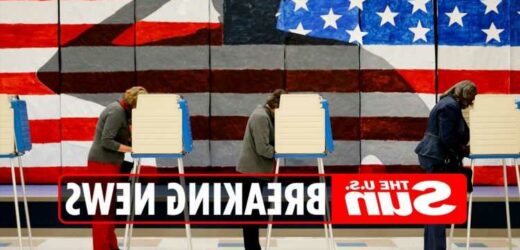THE 12th Amendment lays out how elections are conducted in the United States.
It draws from historical elections in the past to create a fair and just voting system.
What is the 12th Amendment?
To understand the 12th Amendment, you must first understand the original idea of the electoral college outlined in the 1787 Constitution.
First, electors would vote for two people, "shall not be an inhabitant of the same state with themselves," the Constitution reads verbatim.
Next, the elector does not differentiate between the two selected people as president or vice president. The person who gained the most votes becomes president and the runner-up becomes vice president.
If a unanimous decision is not reached, the House of Representatives would decide the winner, with each state receiving one vote.
Finally, in the original Constitution, because representatives would only meet a year after after the election, a number of representatives would include those defeated in past elections.
What changed after the Election of 1800?
In 1800, both candidates, Thomas Jefferson and John Adams, had "running mates" and deep ties to political parties, causing voters to cast their votes for a specific president and vice president.
This caused a deadlock in the vote, which then turned to the House of Representatives to break.
However, a deep rooted problem arose when one vote in small states held the same weight in the largest states.
Now, electors would cast their votes specifically for a vice president and a president.
Also, now the House of Representatives would break ties for the office of president between the three top choices and the Senate would determine the vice president candidate between the top two.
The 12th Amendment was proposed on December 9, 1803 and officially adopted on September 25, 1904.
What changed in 1933?
With the passing of the 20th Amendment in 1933, one portion of the 12th Amendment changed.
The 20th Amendment alters the 12th Amendment because it changes the date a new presidential term commences to January 20 and the vice president would only act as president if a choice has not been made by then.
It also clarifies that the vice president takes over the presidential position "in case of the death or other constitutional disability of the President."
Source: Read Full Article




